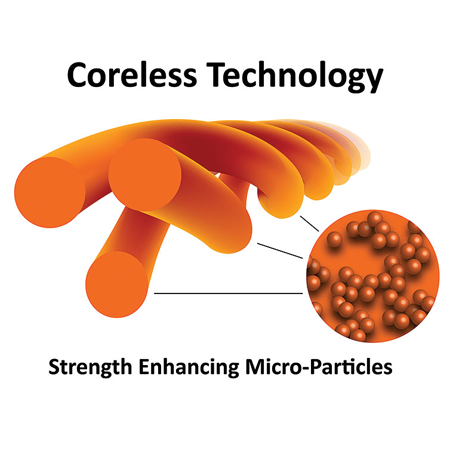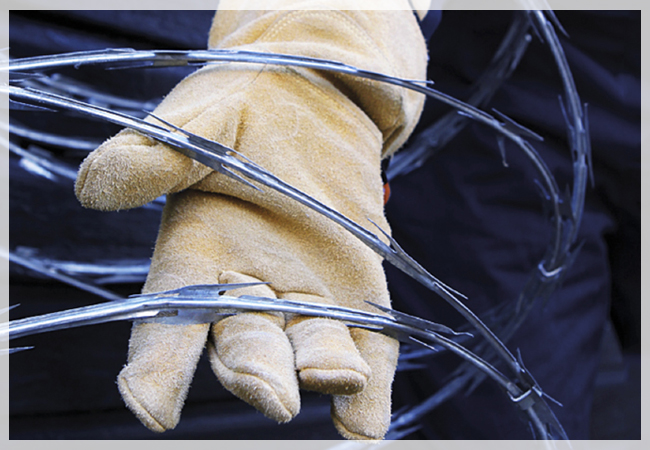Currency
February 08, 2018

Every year work gloves and sleeves improve to offer stronger protection with higher cut resistance and better insulation from heat. And while these innovations are crucial to safety, another equally important aspect of protection is comfort. A glove that workers find comfortable is a glove they’ll wear consistently – the best A9 glove on the market can’t prevent lacerations if it’s in your worker’s pocket.
John Hanks has been in the EHS field for nearly a decade, including time at a large aerosol can manufacturer. Workers there handled steel sheets with very sharp edges. “They were basically handling a four-sided knife,” he said, adding that even with such a dangerous job, “one of my biggest uphill battles was getting people to keep gloves on their hands at all times and to use the proper gloves.” Hanks said his workers wanted gloves that were “not too thick and not too thin. If they were too thin, they’d get needle pokes through the gloves from protruding objects. If they were too thick, they couldn’t feel what they were handling. Then they wouldn’t wear them at all for some tasks and we’re right back to square one.” Hanks estimated that, even with lighter gloves, about 10 percent of his workers experienced skin irritation from glove materials and had trouble finding something they could wear through a whole shift.

Hanks said irritation usually happened when workers started sweating, and that problems increased significantly in the summer months. So what causes so many workers to experience skin irritation from their gloves or sleeves? To find out, we have to understand how gloves are made cut-resistant.
John Hanks has been in the EHS field for nearly a decade, including time at a large aerosol can manufacturer. Workers there handled steel sheets with very sharp edges. “They were basically handling a four-sided knife,” he said, adding that even with such a dangerous job, “one of my biggest uphill battles was getting people to keep gloves on their hands at all times and to use the proper gloves.” Hanks said his workers wanted gloves that were “not too thick and not too thin. If they were too thin, they’d get needle pokes through the gloves from protruding objects. If they were too thick, they couldn’t feel what they were handling. Then they wouldn’t wear them at all for some tasks and we’re right back to square one.” Hanks estimated that, even with lighter gloves, about 10 percent of his workers experienced skin irritation from glove materials and had trouble finding something they could wear through a whole shift.

Hanks said irritation usually happened when workers started sweating, and that problems increased significantly in the summer months. So what causes so many workers to experience skin irritation from their gloves or sleeves? To find out, we have to understand how gloves are made cut-resistant.









